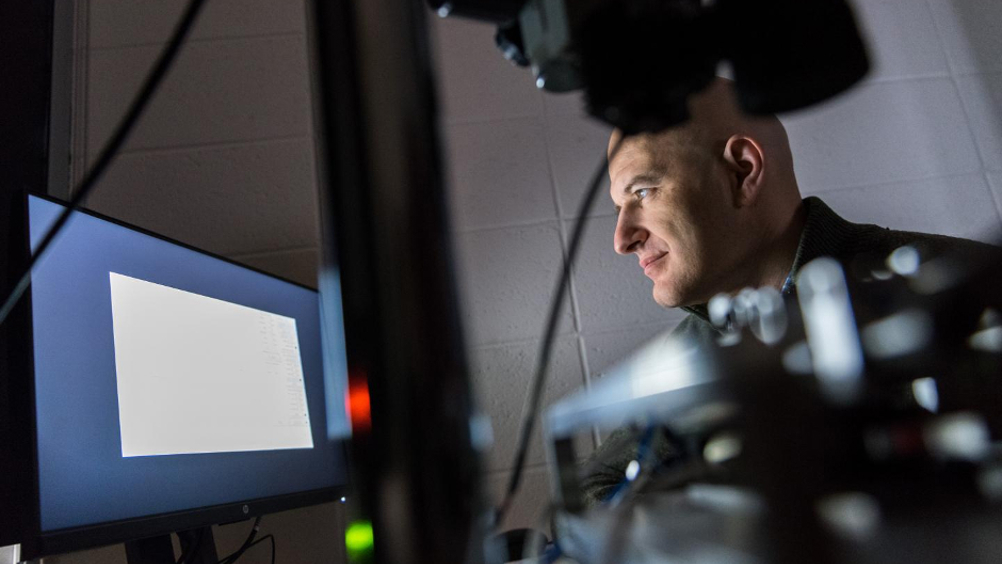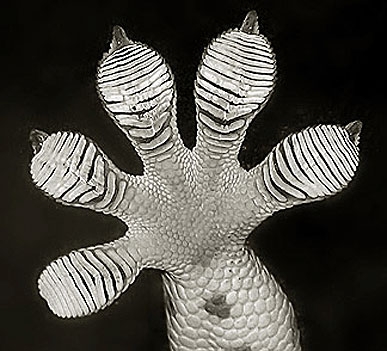Project looks at gecko grip for handling in high-precision industrial settings
Humans have long admired the ability of the gecko to climb walls and numerous attempts have been made at replicating the adhesive qualities of the lizard’s feet.


Now, a Georgia Institute of Technology (GATECH) researcher is looking into how gecko-grip could be applied in a high-precision industrial setting, such as in robot arms used in manufacturing computer chips.
"There are numerous ways that gecko adhesion could be used in an industrial setting, especially in handling delicate materials like the silicon wafers used in manufacturing computer processors," said Michael Varenberg, an assistant professor in Georgia Tech's George W Woodruff School of Mechanical Engineering.
Before robot arms and other devices can implement gecko adhesion technology, researchers need more information about the mechanical and physical characteristics of the human-made adhesive surfaces.
In a study published in Journal of the Royal Society Interface, Varenberg looked at a particular type of gecko-inspired adhesive surface and narrowed down a range of angles at which the material will attach stronger and release its grip easier.
The gecko gets its ability through the use of tiny hairs that interact with surfaces at an intermolecular level, a process during which the tiny film-like hairs are pressed onto the surface and engaged with a shearing action. They then either hold to the surface or release when pulled away in different directions.
Register now to continue reading
Thanks for visiting The Engineer. You’ve now reached your monthly limit of news stories. Register for free to unlock unlimited access to all of our news coverage, as well as premium content including opinion, in-depth features and special reports.
Benefits of registering
-
In-depth insights and coverage of key emerging trends
-
Unrestricted access to special reports throughout the year
-
Daily technology news delivered straight to your inbox










National Gas receives funding to develop Gravitricity underground hydrogen storage system
One single rock salt mine - Winsford - has 23 <i>MILLION </i>cubic metres of void and even allowing for 10% of that void set aside for hazardous waste...